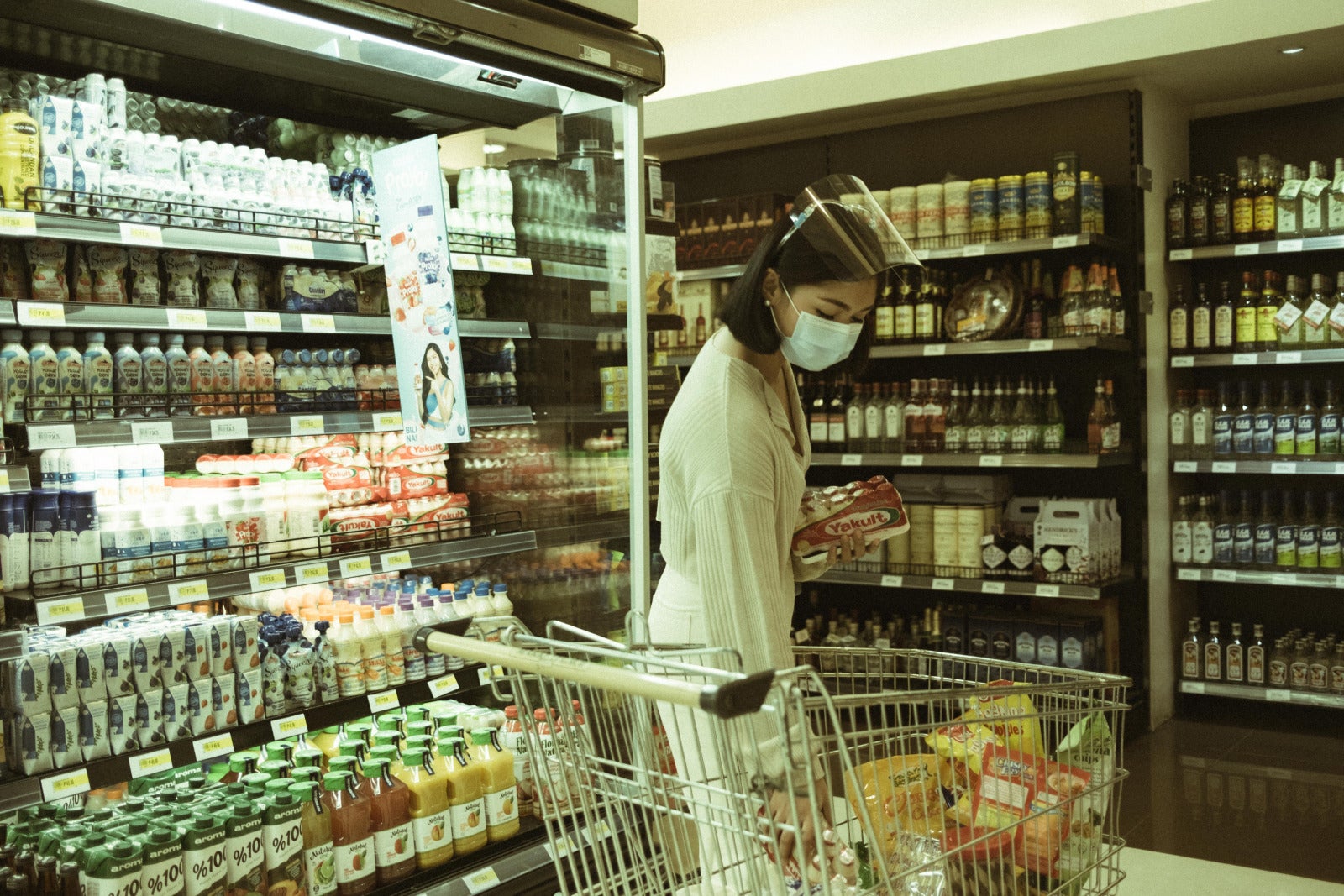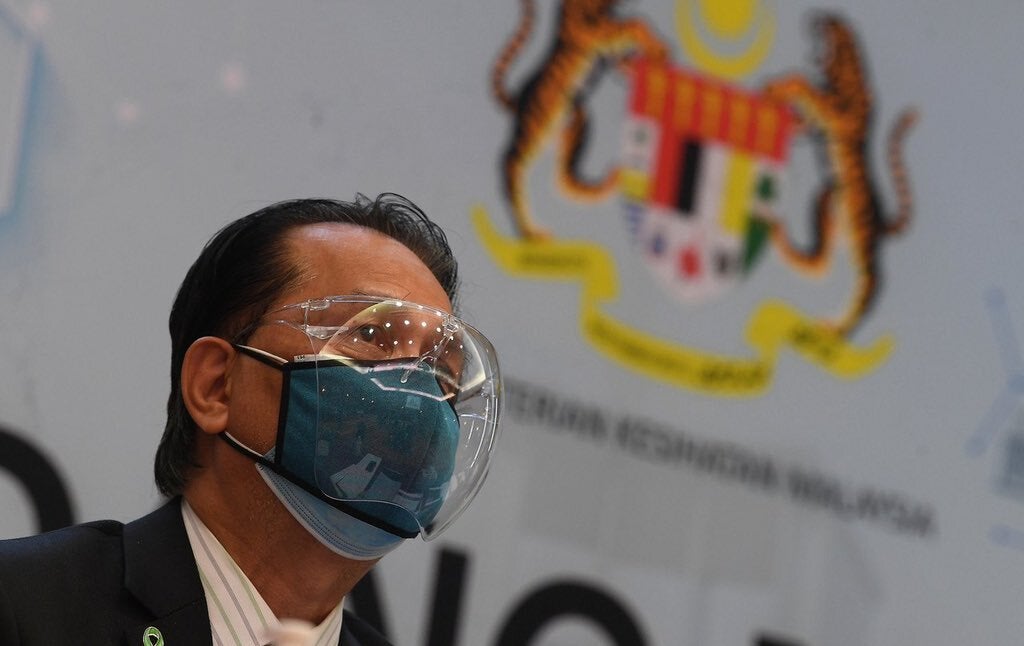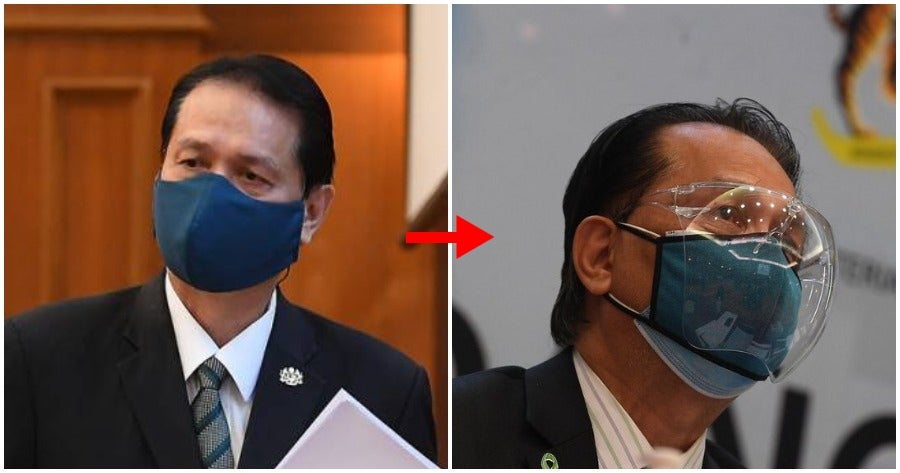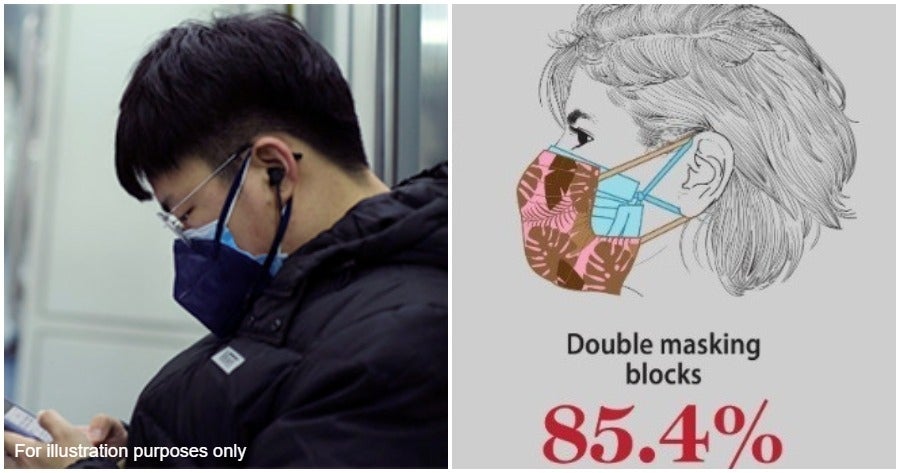The last time Dr Noor Hisham went live for the Ministry of Health’s (KKM) daily press conference, we saw him sporting a face shield in addition to being double-masked.
Previously in May, he advised us to start practising double masking so that we are more protected as it creates layers to filter out particles.
Pushing for the usage of face shields
On 23 August, he took to his Twitter account to talk about how we should add another layer, a face shield. In his first tweet, he said:
“Face masks & face shields could help prevent community transmission when physical distancing & stay-at-home measures are relaxed or no longer possible.”
He elaborated by saying that these barriers along with hand hygiene & avoiding the practice of touching your face can help stop airborne respiratory droplets from reaching you.

Like this but with the face shield down!
He posted a second tweet, mentioning that face shields should be part of the strategy to reduce transmission of Covid-19 in the community as it can be “quickly and affordably produced”.
His third tweet brought it home with a surprising statistic that we weren’t aware of:
“The usage of a face shield with double masks can give up to 96% of protection from the Delta variant that is dominant in our country.”
Previous studies reaffirm the success rate
According to a study done in 2014 by Lindsley et. al, an experiment was conducted by using a coughing patient simulator and a breathing worker simulator. Through that experiment, an influenza-laden cough aerosol with a volume median diameter (VMD) of 8.5 μm was used and the usage of only a face shield managed to reduce exposure by 96% and reduce the surface contamination of the respirator by 97%.
However, an aerosol with a smaller VMD (3.4 μm) was used and this time, the face shield managed to block only 68% of the cough and reduce the surface contamination by 76%. How does this affect Covid-19 transmission rates? Well, a study by Lee Byung Uk in 2020 revealed that Covid-19 can be found in a respiratory particle of 4.7 μm. Hence, even with a smaller VMD, wearing a face shield would still be able to reduce surface contamination by quite a large percentage.

In the experiment by Lindsley et al., they also manipulated the distance variable which showed that physical distancing can help reduce exposure to particles. In conclusion, they say that face shields are useful for workers caring for patients with respiratory infections but they should not be substituted for respiratory protection (eg. face masks) when needed.
Hence, we do believe that the combination of double masking and using a face shield will provide adequate protection against the transmission of the virus!
Also read: Here’s When & Why You Should Practice Double Masking



































